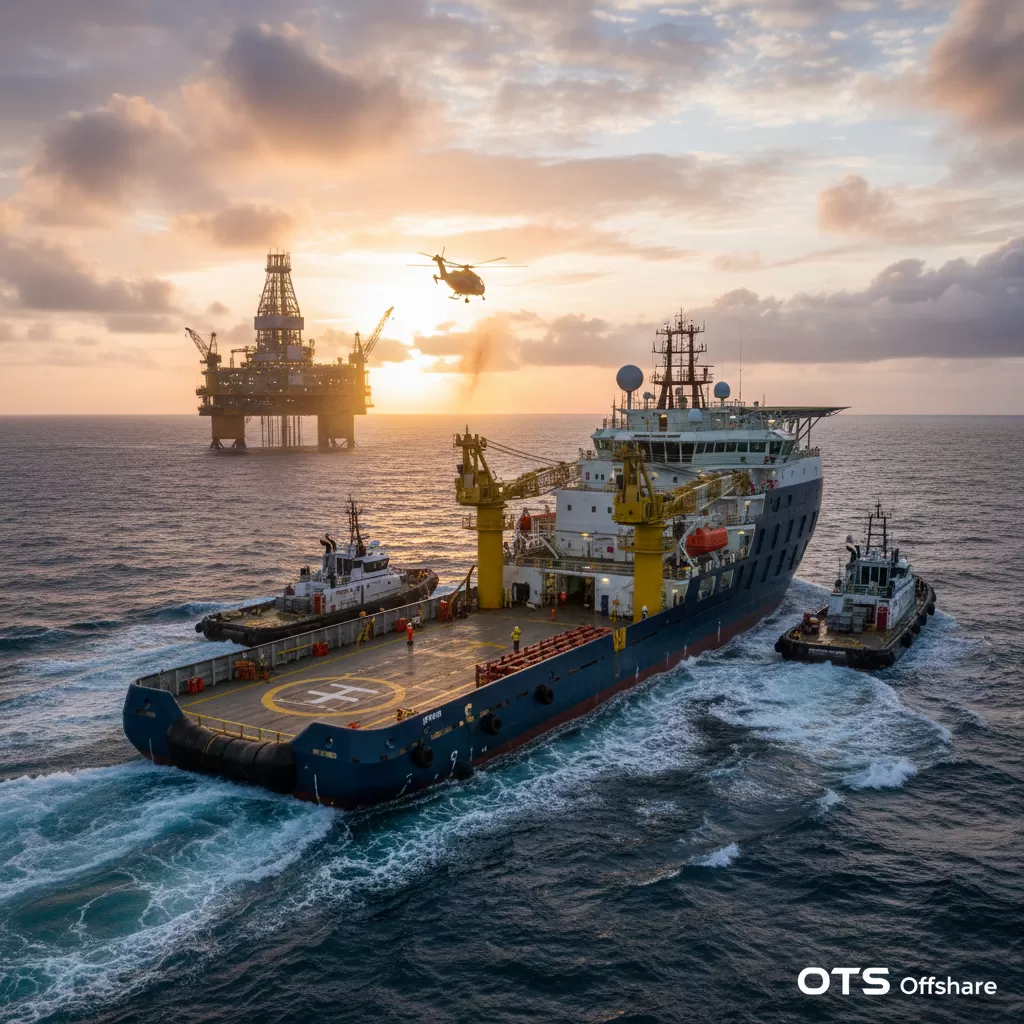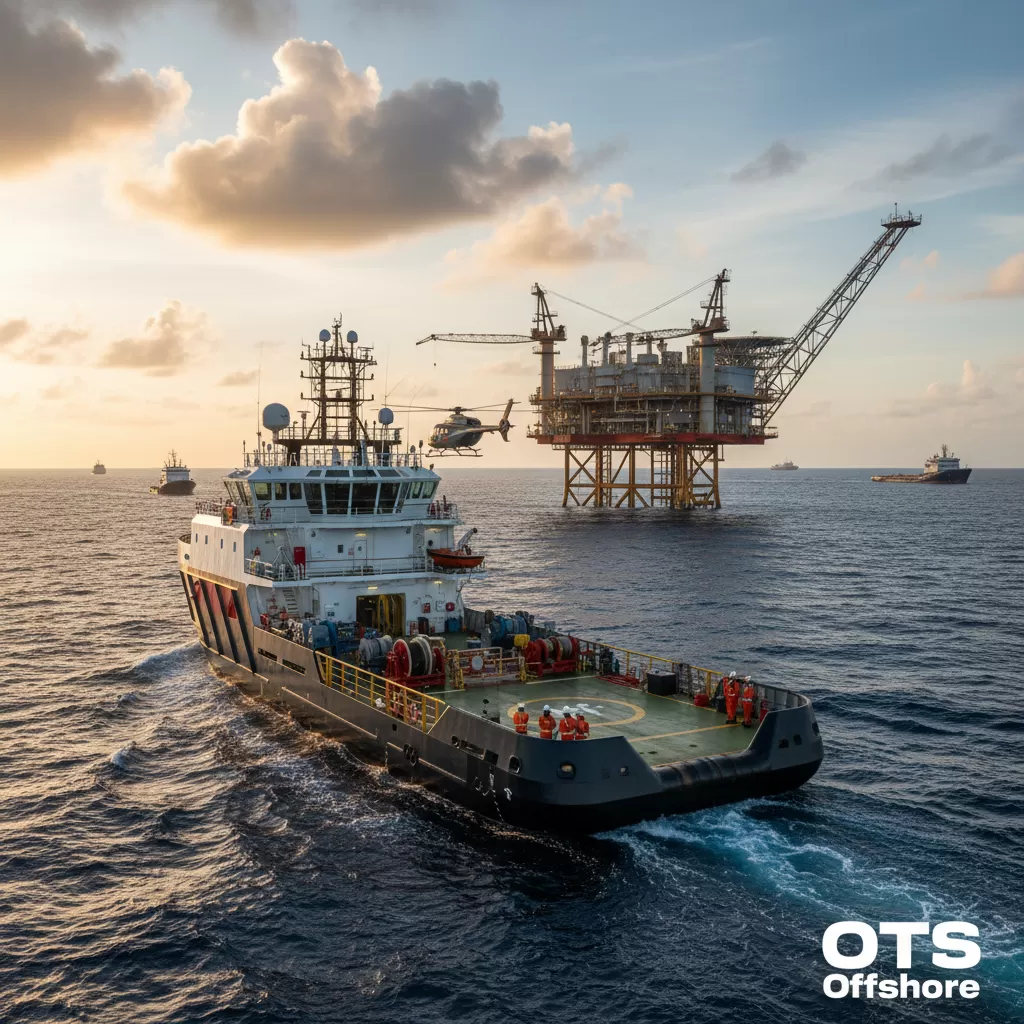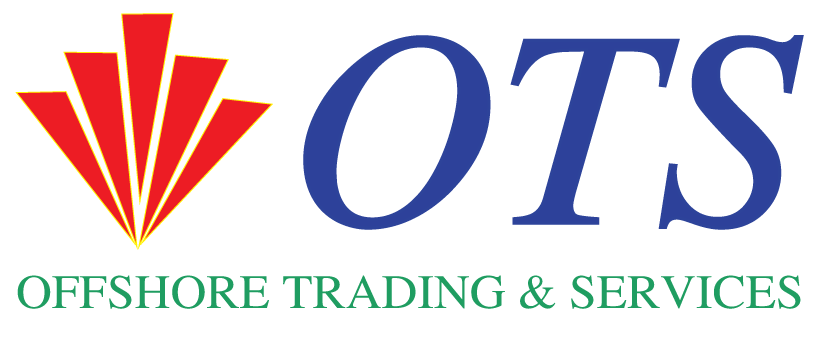Overview Offshore Support delves into the critical components of marine logistics supporting the global oil and gas industry. This comprehensive overview examines the diverse fleet of vessels and their indispensable roles in exploration, production, and decommissioning activities, highlighting the technological advancements and operational complexities inherent in offshore operations.
The Crucial Overview of Offshore Support Vessels (OSV) and Related Concepts
An in-depth Overview of Offshore Support encompasses the intricate ecosystem of specialized marine assets vital for the successful execution of offshore oil and gas projects. These vessels are the unsung heroes of the subsea world, facilitating everything from initial seismic surveys to the complex logistical demands of deepwater production and eventual platform decommissioning. Understanding the various types of Offshore Support Vessels (OSV) and their specific functionalities is paramount for comprehending the operational efficiency and safety protocols within the energy sector. The evolution of OSV technology reflects the ever-increasing challenges of operating in harsh marine environments, necessitating innovative designs and advanced capabilities. This exploration will provide a detailed examination of the key OSV categories, their operational domains, and the critical support functions they provide, offering a foundational understanding for professionals and stakeholders alike. The insights gained from a thorough Overview of Offshore Support can inform strategic planning, resource allocation, and risk management within the upstream oil and gas value chain.
Defining the Scope: What Constitutes Offshore Support?
Offshore support, in its broadest sense, refers to the comprehensive range of maritime services and logistical operations required to sustain and advance activities in the offshore oil and gas industry. This encompasses not only the direct deployment and operation of specialized vessels but also the associated supply chain management, crew transfer, technical assistance, and emergency response capabilities. The complexity of offshore operations, often located hundreds of miles from shore in challenging weather conditions, necessitates a highly coordinated and robust support infrastructure. This infrastructure is primarily built around the diverse fleet of Offshore Support Vessels (OSVs), each engineered for specific tasks. A clear definition of offshore support is essential for effective project planning, ensuring that all necessary resources and services are accounted for, from initial exploration phases through to production and eventual abandonment. The efficiency and reliability of these support functions directly impact project timelines, operational costs, and, most importantly, the safety of personnel and the environment.
Key Elements of Offshore Support Operations
– Vessel deployment and management for various operational needs.
– Provision of logistical services, including the transfer of personnel, equipment, and supplies.
– Maintenance and repair support for offshore installations and subsea infrastructure.
– Emergency response and safety services, including search and rescue capabilities.
– Specialized services such as surveying, diving operations, and construction assistance.
– Waste management and environmental protection initiatives in offshore settings.

The Diverse Fleet: Categorizing Offshore Support Vessels
The Overview of Offshore Support is incomplete without a detailed examination of the various categories of Offshore Support Vessels (OSVs) that form the backbone of offshore operations. Each vessel type is designed with specific functionalities and operational requirements in mind, reflecting the multifaceted nature of the offshore energy sector. These vessels are not interchangeable; their unique characteristics allow them to perform specialized tasks with optimal efficiency and safety. From the foundational supply vessels to the highly specialized construction and anchor handling units, the diversity of the OSV fleet underscores the intricate logistical demands of working in the marine environment.
Types of Offshore Support Vessels and Their Roles
This section delves into the primary categories of OSVs, outlining their principal functions and distinguishing features.
– Platform Supply Vessels (PSVs): These are the workhorses of the offshore supply chain. PSVs are designed to transport bulk goods, equipment, and personnel to and from offshore platforms and drilling rigs. They possess large open decks for cargo and specialized tanks for liquids such as fuel, drilling mud, and potable water. Their ability to make frequent trips and carry a wide array of supplies makes them indispensable for maintaining continuous operations. The design of PSVs prioritizes stability, cargo capacity, and maneuverability in challenging sea states.
– Anchor Handling Tug Supply Vessels (AHTS): AHTS vessels are robust and powerful, designed for a dual role. Primarily, they are used to tow drilling rigs and other large offshore structures. Secondly, they handle large anchors for drilling rigs and production platforms, often involving the deployment, recovery, and securing of these critical components. AHTS vessels are equipped with powerful winches, towing pins, and stern rollers, enabling them to manage immense towing forces and heavy anchor chains. Their operational effectiveness is crucial during rig moves and the initial installation of offshore facilities.
– Crew Transfer Vessels (CTVs): CTVs are specifically designed for the rapid and safe transfer of personnel between shore bases and offshore installations. They are characterized by high speed, good seakeeping capabilities, and specialized fendering systems to allow for safe disembarkation onto platforms. The comfort and safety of passengers are paramount in CTV design, with many featuring advanced stabilization systems and ergonomic seating. In an industry where personnel safety is a top priority, reliable crew transfer is a fundamental aspect of offshore operations.
– Construction Support Vessels (CSVs): CSVs are deployed for a wide range of offshore construction and maintenance activities. These versatile vessels can be equipped with dynamic positioning systems, heavy-lift cranes, and specialized workshops. They support the installation of subsea pipelines, umbilicals, and flowlines, as well as the erection and repair of offshore structures. Some advanced CSVs are capable of undertaking complex subsea fabrication and installation tasks, demonstrating the increasing sophistication of offshore engineering.
– Diving Support Vessels (DSVs): DSVs are essential for subsea inspection, maintenance, and repair (IMR) operations. They are equipped with diving bells, hyperbaric chambers, and specialized equipment to support saturation diving operations. DSVs provide a stable platform for divers to operate from, often remaining on station for extended periods. The capabilities of DSVs are critical for ensuring the integrity of subsea infrastructure and for responding to unforeseen issues in the subsea environment.
– Well Intervention Vessels: These specialized vessels are designed to perform maintenance and repair operations on existing oil and gas wells. They can be equipped with systems for coiled tubing, wireline operations, and minor well workovers. Well intervention vessels play a key role in optimizing production from mature fields and extending the lifespan of offshore reservoirs.
– Survey Vessels: Used in the early stages of offshore exploration, survey vessels are equipped with advanced sonar, seismic, and geophysical equipment to map the seabed and subsurface geology. This data is crucial for identifying potential hydrocarbon reserves and assessing the feasibility of exploration and production activities.
– Remotely Operated Vehicle (ROV) Support Vessels: Many modern offshore operations rely heavily on ROVs for inspection, intervention, and light construction tasks in areas too deep or hazardous for human divers. ROV support vessels provide a stable platform, power, and control systems for operating these remotely operated vehicles.
The Interplay of Technology and OSV Operations
The Overview of Offshore Support is increasingly shaped by technological advancements, which are continuously enhancing the capabilities, efficiency, and safety of OSV operations. From advanced navigation and communication systems to sophisticated subsea intervention tools and environmentally conscious designs, technology plays a pivotal role in the evolution of the offshore marine sector. The integration of digital solutions and automation is transforming how these vessels operate, leading to improved decision-making, reduced operational risks, and optimized performance.
Innovations Driving OSV Evolution
– Dynamic Positioning (DP) Systems: These advanced computer-controlled systems automatically maintain a vessel’s position and orientation relative to the seabed without the need for traditional anchors. DP systems are crucial for operations requiring high precision, such as drilling, subsea construction, and diving support, particularly in deep water and complex seabed environments. The reliability of DP systems is a cornerstone of safe and efficient offshore operations.
– Advanced Navigation and Communication: Modern OSVs utilize sophisticated GPS, satellite, and radio communication systems for precise navigation, real-time data transmission, and effective coordination between vessels and shore-based operations centers. This interconnectedness is vital for managing complex logistical chains and ensuring timely responses to changing operational demands.
– Subsea Technology Integration: Many OSVs are now integrated with ROVs, Autonomous Underwater Vehicles (AUVs), and specialized subsea deployment systems. This allows them to act as mobile bases for a wide array of subsea inspection, maintenance, and intervention tasks, reducing the need for costly and complex offshore construction vessels for certain operations.
– Energy Efficiency and Environmental Compliance: With increasing global focus on sustainability, OSV designs are incorporating more fuel-efficient engines, hull designs, and alternative propulsion systems. Furthermore, vessels are equipped with advanced systems for waste management and emissions control to meet stringent environmental regulations in offshore waters.
– Data Analytics and Predictive Maintenance: The application of big data and artificial intelligence allows for real-time monitoring of vessel performance, engine health, and operational efficiency. This enables predictive maintenance, reducing downtime and optimizing maintenance schedules, thereby enhancing overall operational reliability.

Safety and Environmental Considerations in Offshore Support
A critical component of any Overview of Offshore Support is the unwavering commitment to safety and environmental stewardship. Operating in remote and often harsh marine environments presents inherent risks, making robust safety protocols and rigorous environmental management practices non-negotiable. The offshore energy industry has made significant strides in minimizing its environmental footprint and ensuring the well-being of its workforce.
Key Aspects of Safety and Environmental Management
– Risk Assessment and Mitigation: Comprehensive risk assessments are conducted for all offshore operations to identify potential hazards and develop strategies for mitigation. This includes planning for extreme weather, equipment failures, and human error.
– Crew Training and Competency: Highly skilled and well-trained personnel are essential for safe OSV operations. Regular training programs cover emergency procedures, vessel handling, equipment operation, and environmental awareness.
– Emergency Response Planning: Detailed emergency response plans are in place to address various scenarios, including man overboard situations, fires, medical emergencies, and environmental spills. This includes the coordination of rescue operations and the use of specialized response equipment.
– Environmental Impact Assessments: Before any offshore activity commences, thorough environmental impact assessments are conducted to understand and minimize potential effects on marine ecosystems. This includes managing discharges, preventing pollution, and protecting marine life.
– Regulatory Compliance: OSVs and offshore operations are subject to stringent international and national regulations governing safety, environmental protection, and operational standards. Adherence to these regulations is a fundamental requirement for all industry participants.
The Economic Significance of Offshore Support Vessels
The Overview of Offshore Support is intrinsically linked to the global energy market. The demand for offshore support vessels directly correlates with the level of exploration, development, and production activities in the oil and gas sector. These vessels represent a significant capital investment and are operated by specialized service companies that form a vital part of the broader energy supply chain. The economic health and operational efficiency of these OSV fleets have a direct impact on the cost and feasibility of offshore energy projects worldwide.
Factors Influencing OSV Demand and Economics
– Oil and Gas Prices: Fluctuations in global oil and gas prices significantly influence investment in offshore exploration and production, thereby impacting the demand for OSVs. Higher prices generally stimulate more offshore activity.
– Exploration and Production Trends: The discovery of new reserves, the development of frontier offshore basins, and the focus on optimizing production from existing fields all drive demand for specific types of OSVs.
– Technological Advancements: The development of new technologies, such as those enabling operations in deeper waters or harsher environments, can create demand for specialized and more capable OSVs.
– Geopolitical Factors and Regulatory Environment: Government policies, lease sales, and geopolitical stability in key offshore regions can influence investment decisions and, consequently, the demand for offshore support services.
– Efficiency and Cost Management: OSV operators are constantly striving to improve operational efficiency and manage costs through better vessel design, optimized routing, and advanced maintenance strategies. This competitiveness is crucial in a dynamic market.
The intricate network of Offshore Support Vessels is a testament to the innovation and resilience of the offshore energy industry. From the humble beginnings of simple supply boats to the sophisticated, technologically advanced vessels of today, OSVs continue to play an indispensable role in meeting the world’s energy demands. The ongoing evolution of this fleet, driven by technological advancements and a commitment to safety and environmental responsibility, ensures their continued relevance in the complex landscape of offshore operations.








